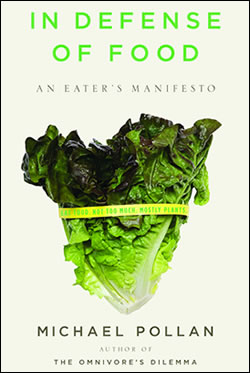
Deforestation has become a direct threat to both our planet's health as well as our own. While it has already made a huge impact on our planet, it does not receive a large amount of attention and often, most people know little to no information about the pressing topic. For my speech, I not only wanted to inform my audience of the problem at hand, but also persuade them to take a firm stance against deforestation efforts that greatly harm our environment.
I feel that the better parts of my speech included my visual aid, the organization of my material, and my speaking ability. While I could always improve on my overall speech presentation, I believe I fairly good job at presenting and persuading my audience to agree with my overall point: deforestation efforts must be stopped, and sustainable methods of harvesting such resources must be used.
My powerpoint presentation helped me get my point across by providing visual examples of the problem and also organizing my arguments in a clear, concise matter. I did notice that some of the slides ran a little heavy on words but I don't think that this was distracting. I divided my presentation into first benefits and then second, the costs deforestation comes with. I used a stacked approach for laying out my arguments because I feel that they all played on each other and would become a stronger argument if presented together.
As a whole, my voiced seemed clear but I spoke very fast most of the time because of the large amount of information I wanted to get across. I was able to understand what i said but I think that without any room for pauses, information may have not had enough time to actually make an impact on my audience. I also, distractingly, "talked with my hands" the entire presentation and I found it to become distracting to a point. This may have been due to the fact that I did not use note cards or read off an outline and therefore my hands were free to move the whole time. Next time, I would really try to avoid this.
All in all, my point may have gotten across and my "call to action" gave the audience many different ideas on how to act on this issue, but I feel I could have given a stronger performance if I had more time and just slowed down. Syncing the amount of information and the time to give it in is important and that would be something I need to work on for the future.









